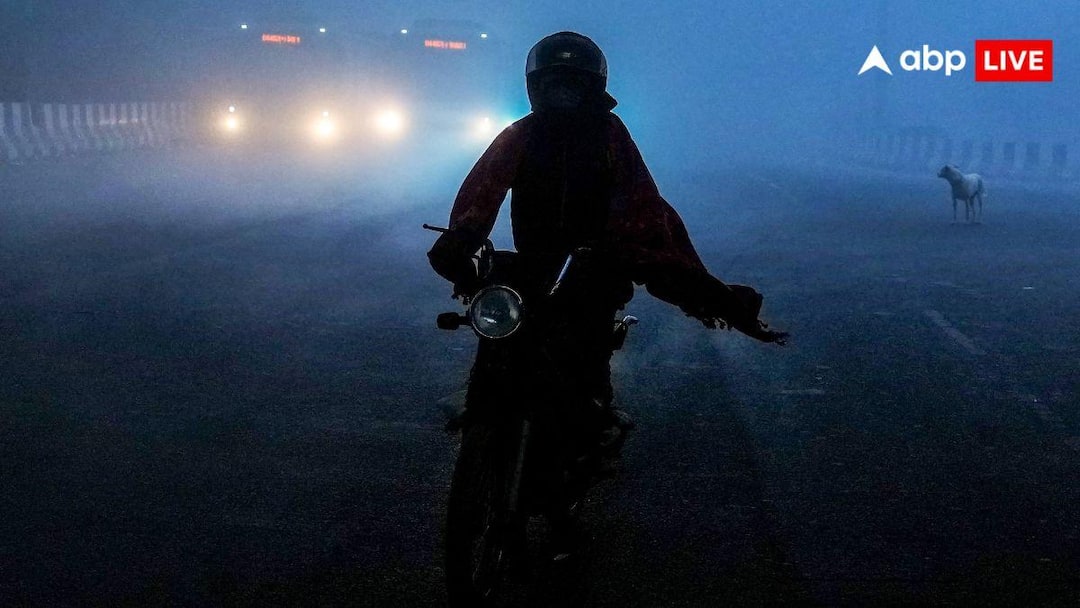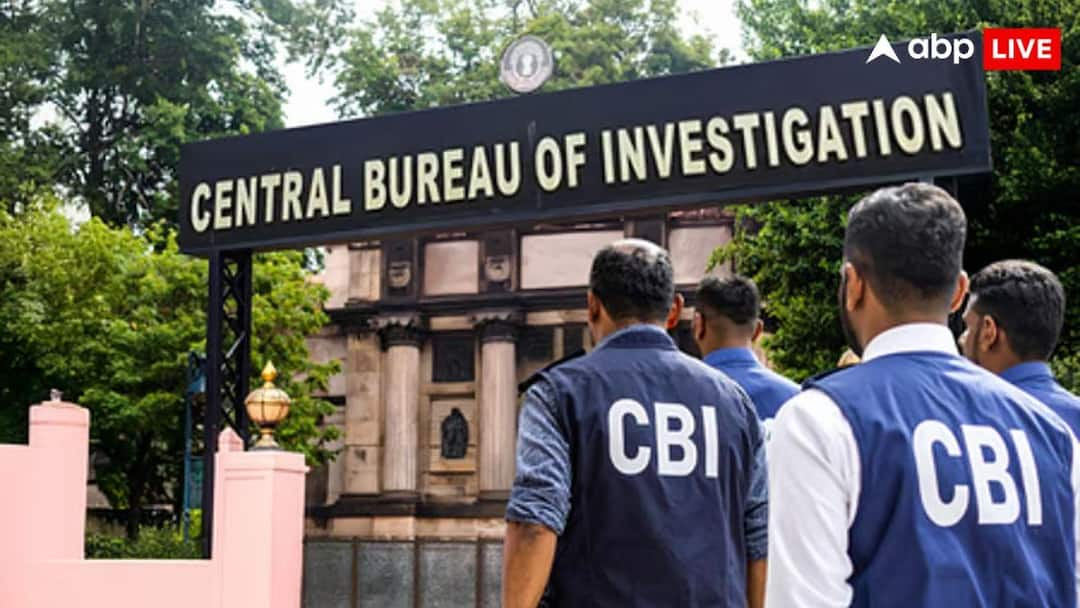- January 11, 2023
When Will the Cold Wave Over Northwest India Subside & What is Causing It? EXPLAINED

There was no relief on Wednesday from the ongoing spell of cold wave in Haryana and Punjab, with minimum temperatures hovering below normal limits at most places.
Fog was also observed at many places in the two states in the morning. According to the Meteorological Department, Haryana’s Narnaul reeled under severe chill, recording a minimum temperature of 4.6 degrees Celsius. Biting cold conditions prevailed in Sirsa too, which recorded a minimum temperature of 6.4 degrees Celsius.
Bhiwani recorded a low of 4.7 degrees Celsius, Rohtak 7.8 degrees Celsius, while Ambala’s minimum settled at 8.5 degrees Celsius. Punjab’s Bathinda recorded a low of 4 degrees Celsius, while Moga and Muktsar also reeled under biting chill with minimum of 5.7 and 6.2 degrees Celsius respectively.
While the minimum temperatures have been hovering below normal limits at many places for the past nearly three weeks, the maximum temperatures too have dropped sharply over the past two weeks.
The maximum temperatures in Haryana and Punjab including Chandigarh have been settling in the range of 11 degrees Celsius to 16 degrees Celsius at many places.
Meanwhile, in Delhi, a dense cover of fog on Wednesday lowered visibility to just 50 metres in Delhi, disrupting movement of vehicles and trains. A layer of dense to very dense fog extended from Punjab to Bihar across Haryana, Delhi and Uttar Pradesh, an IMD official said. The Palam observatory near the Indira Gandhi International Airport recorded a visibility level of 50 metres.
Twenty trains were delayed by an hour to 10 hours due to the foggy weather, a Northern Railways spokesperson said.
The Delhi International Airport Limited tweeted that low-visibility procedures were in progress at the IGI airport. Passengers have been advised to contact the airline concerned for updated flight information.
So, What is a Cold Wave?
A cold wave (also known as a cold snap, cold spell, or Arctic Snap in some areas) is a weather phenomenon characterised by a cooling of the air.
A cold wave, as defined by the United States National Weather Service, is a rapid drop in temperature over a 24-hour period that necessitates significantly increased protection for agriculture, industry, commerce, and social activities.
The precise criteria for a cold wave are the rate of temperature drop and the minimum temperature drop. The minimum temperature varies according to geographical region and time of year.
The IMD declares a’severe cold wave’ if the temperature in the plains falls below 2°C, or a mean average of less than 6.4°C. A severe cold wave is defined by the IMD as air temperature that is “lethal to the human body when exposed.”
What Causes It?
A cold wave can be caused by a number of factors. Some of these, as listed in a Quint report:
Pressure differences: A “prolonged area of relatively high atmospheric pressure” in the jet stream in northwest Asia, according to the National Disaster Management Agency, could cause a cold wave in India. Jet streams form because the Earth is unevenly heated, and pressure differences in different areas cause wind to blow from one to the other.
Cloud cover: A lack of cloud cover, or a lack of cloud cover, can cause a cold wave. Clouds trap infrared radiation from the Earth, and as cloud cover decreases, more heat escapes from the Earth’s surface, resulting in a cooler surface and lower temperatures.
La Nina: It is a weather phenomenon that occurs in the Pacific Ocean. Warm water floats on top of cold water. La Nina, which translates as “little girl,” is a weather disturbance that causes these warm waters to be blown towards Indonesia. This causes cold water to rise to the surface.
This rise in cold surface water has a cooling effect. La Nia is expected to last from December to February 2023, according to the IMD.
Non-monsoon rainfall: Another major cause of cold waves is non-monsoon rainfall. The unpredictability of precipitation is only increasing as a result of climate change. This results in less monsoon rainfall (which benefits agriculture in India) and more off-season rainfall. One of the many consequences of this is an increase in cold waves during the winter months.
So, Which Factor is Causing the Cold Wave in North India?
According to RK Jenamani, scientist at IMD, one of the major factors contributing to colder-than-normal temperatures over north India this month is the large-scale fog cover.
“While westerly and northwesterly winds of around 5 to 10 kmph in the afternoon have also been contributing to the dip in temperature, an important factor this month is fog, which has been lasting for longer durations, preventing sunlight from reaching the surface and affecting the radiation balance. There is no heating in the day time, and then there is the impact of the night. Foggy or cloudy nights are usually associated with warmer nights, but if the fog remains for two or three days, cooling begins even at night,” he told Indian Express.
In the morning, light winds and high moisture near the land surface have contributed to the formation of a blanket of fog over large swaths of the Indo-Gangetic plains, the report says.
Because western disturbances have had little impact on the region, cold northwesterly winds have also contributed to the low temperatures. Storms from the Mediterranean region, known as western disturbances, are associated with a change in wind direction, bringing easterly winds to northwest India. Jenamani said the region last saw easterly winds on December 29.
When Will the Cold Wave Subside?
The Indian Meteorological Department (IMD) said in its bulletin on Tuesday that no cold wave conditions are likely to prevail in north India over the next four days (till Saturday), providing a sigh of relief to people in the region who have been experiencing freezing temperatures for the past few weeks. This is due to the current fresh Western Disturbance, with which minimum temperatures are very likely to rise by 2-4 degrees over plains of Northwest India.
With inputs from PTI
Read all the Latest Explainers here









